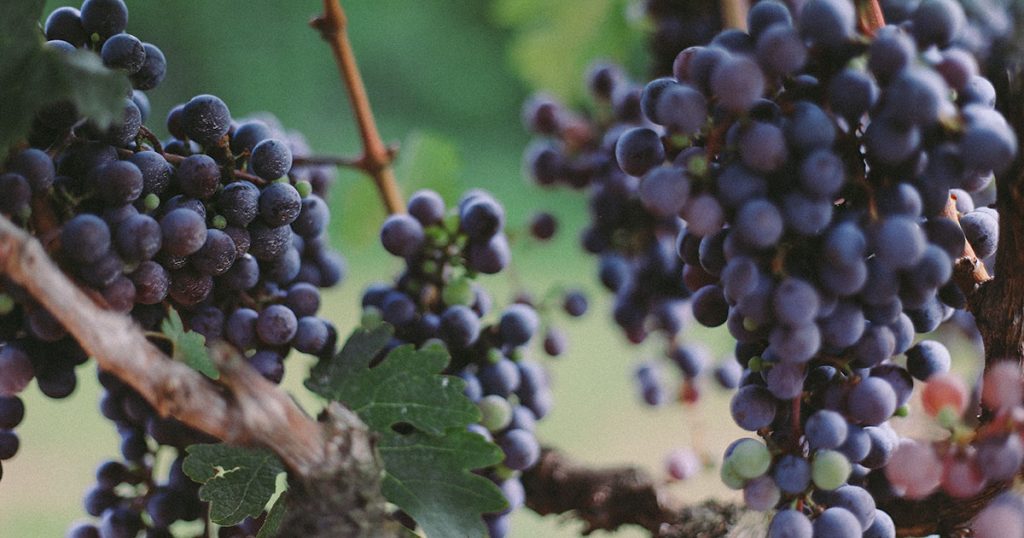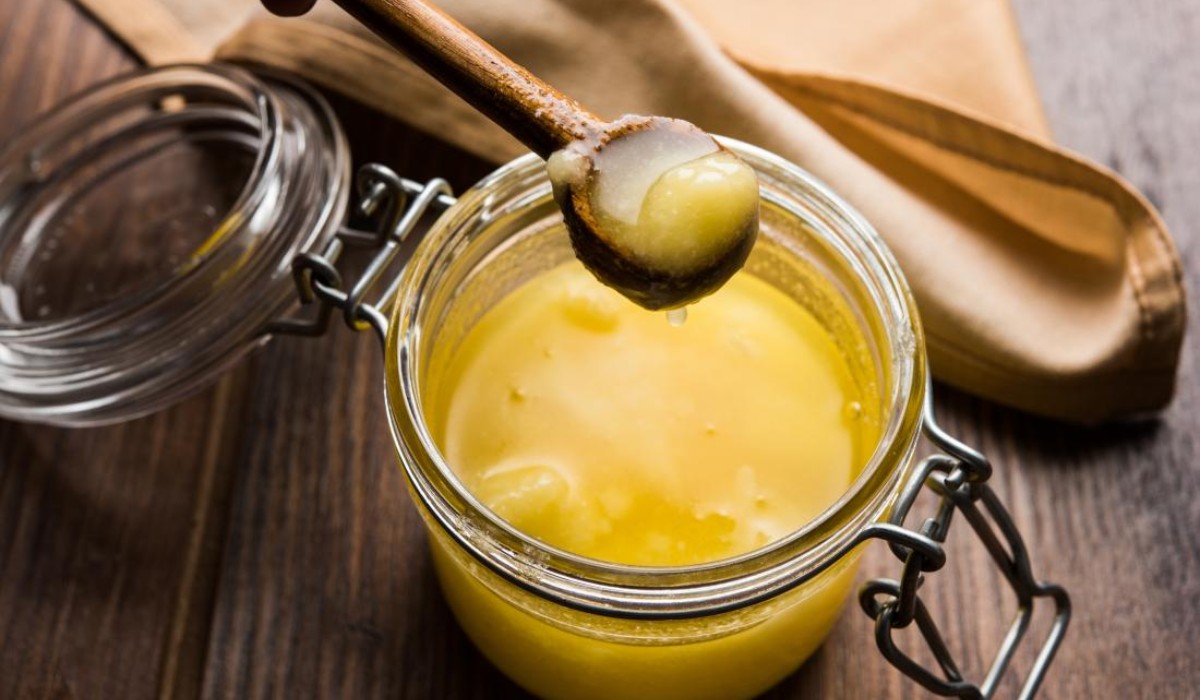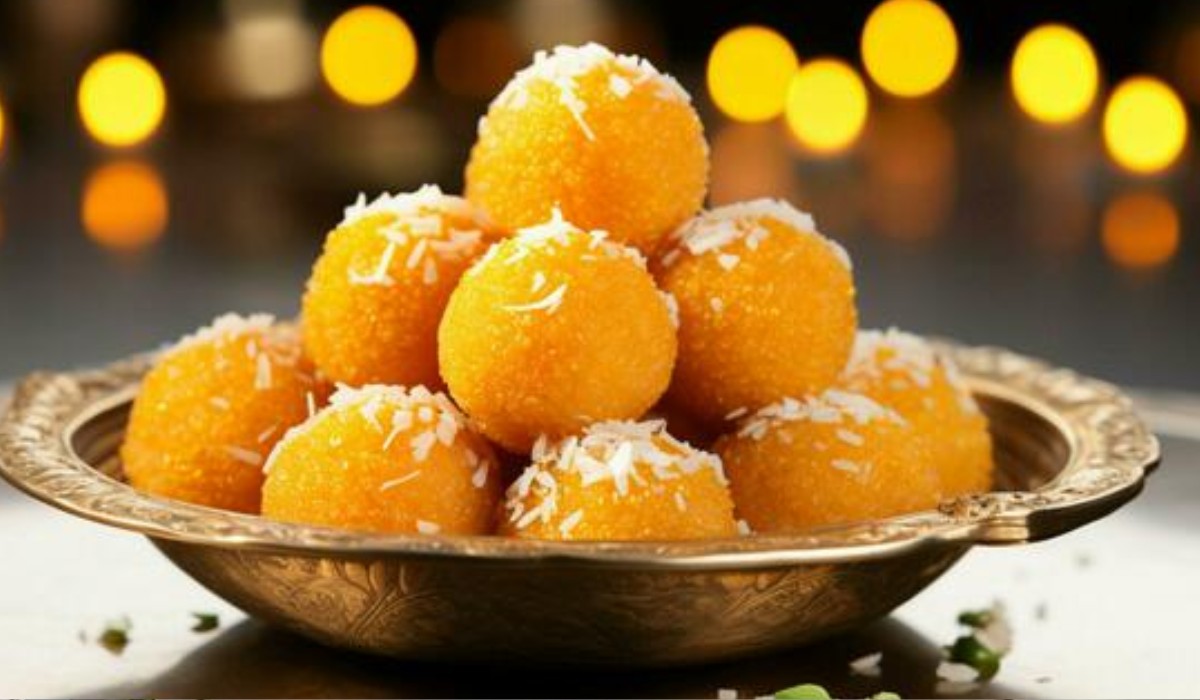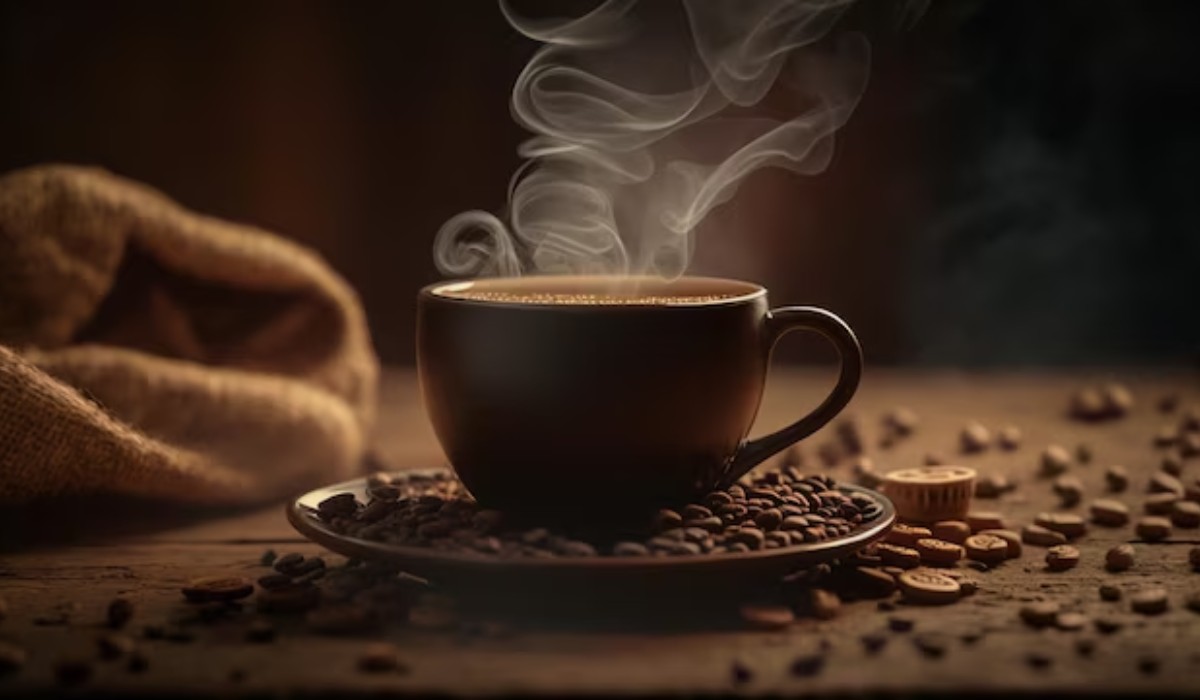Wine, with its rich history and diverse varieties, has been a symbol of celebration, culture, and refinement for centuries. One of the key factors contributing to its unique character is the meticulous process of transforming humble grapes into the complex and nuanced beverage that graces our tables. Let’s embark on a journey through the fascinating world of winemaking, exploring the intricate steps involved in turning grapes into the nectar of the gods.
1. Grape Selection: The Foundation of Flavor
The winemaking process begins with the careful selection of grapes. Different grape varieties contribute distinct flavors, aromas, and characteristics to the final product. Factors such as climate, soil, and vineyard practices all play a role in shaping the grapes’ profile. Red, white, or rosé wines are often determined by the grape variety chosen.
2. Harvesting: Timing is Everything
The timing of grape harvest is a critical decision that impacts the wine’s acidity, sweetness, and overall flavor. Harvesting too early or too late can lead to imbalances in the final product. Skilled vineyard workers handpick grapes during the optimal ripening period to ensure the highest quality.
3. Crushing and Pressing: Extracting the Juice
Once harvested, the grapes undergo crushing to release their juice. For white wine, the grapes are immediately pressed to separate the juice from the skins. In red winemaking, the crushed grapes, including skins and seeds, are left to macerate, imparting color and tannins to the wine.
4. Fermentation: Nature’s Alchemy
Fermentation is the magical transformation where grape juice turns into wine. Natural or added yeast converts sugars into alcohol and carbon dioxide. This process can take place in stainless steel tanks, wooden barrels, or specialized vessels, each influencing the wine’s final characteristics.

Also Read: Exploring the World of Unique Ice Cream Types
5. Aging: Unleashing Complexity
Following fermentation, wines often undergo aging to develop complexity and depth. Barrels made from oak or other materials contribute flavors, aromas, and tannins to the wine. The duration and type of aging vessel play a crucial role in shaping the final product.
6. Clarification and Filtration: Polishing the Elixir
To achieve clarity and remove unwanted particles, wines undergo clarification and filtration. This step ensures a visually appealing and stable product. Some winemakers choose minimal intervention, allowing the wine to naturally clarify over time.
7. Bottling: Capturing Perfection
Once the winemaker is satisfied with the wine’s evolution, it is time for bottling. Wines are carefully filled into bottles, often sealed with corks or alternative closures. The bottle serves as a vessel for preserving and aging the wine until it reaches the consumer.
8. Enjoyment: A Toast to Craftsmanship
The culmination of this intricate process is the moment when a bottle is opened, and the wine is poured into a glass. Each sip is a celebration of the artistry, science, and tradition that went into crafting the wine. The flavor nuances, aromas, and textures unfold, offering a sensory journey that reflects the unique terroir and the winemaker’s skill.











